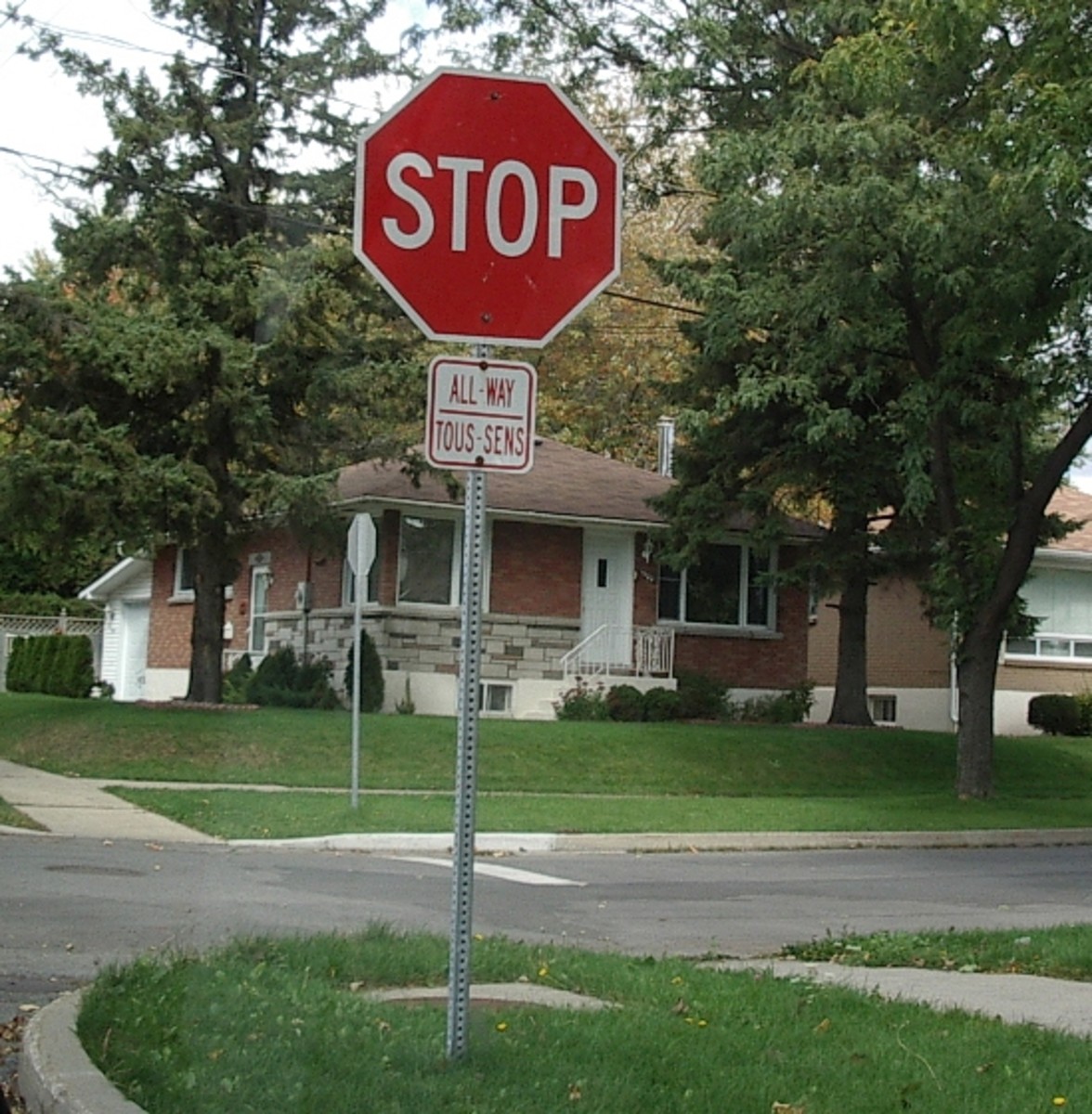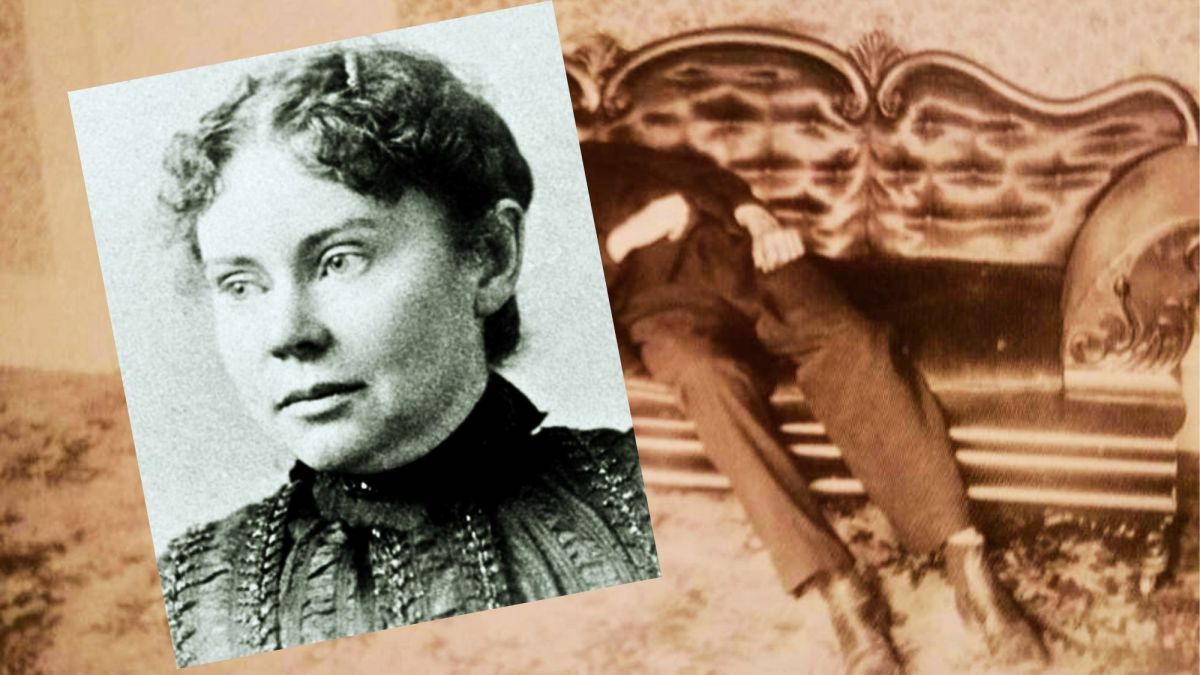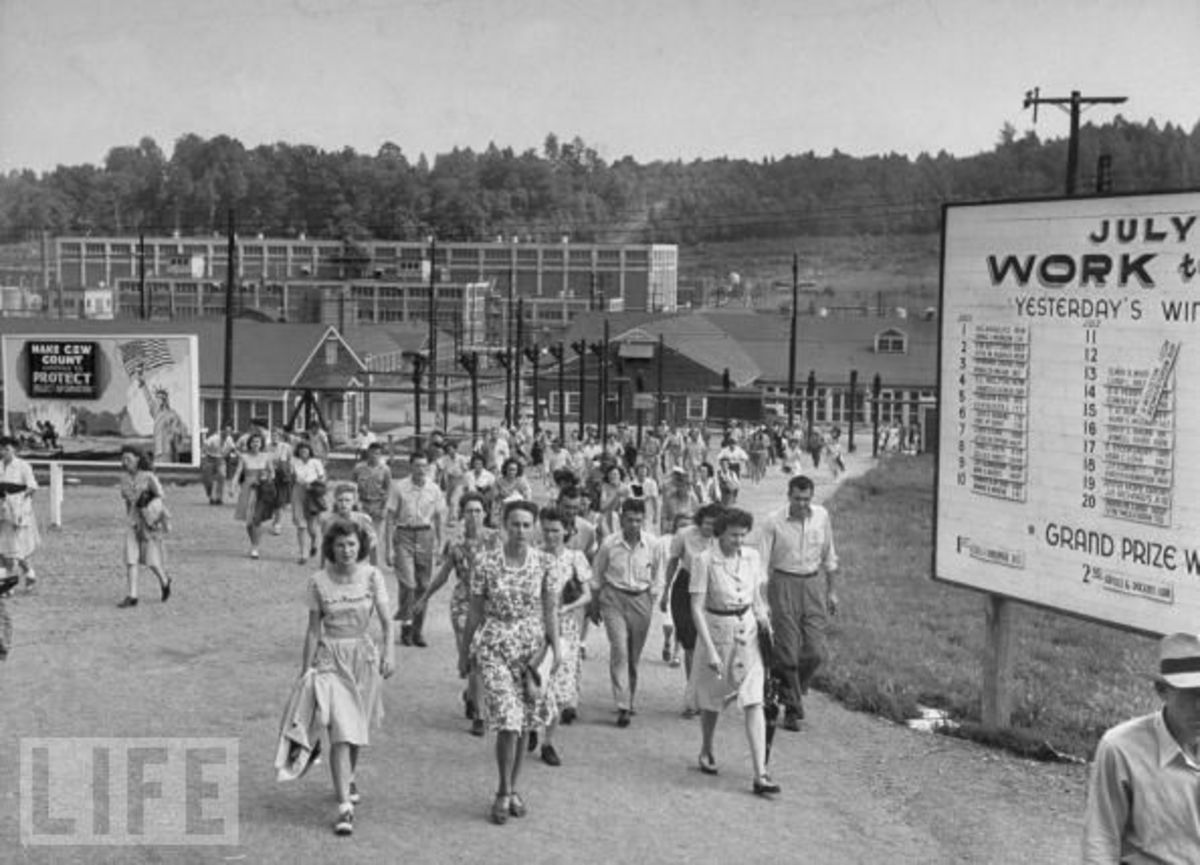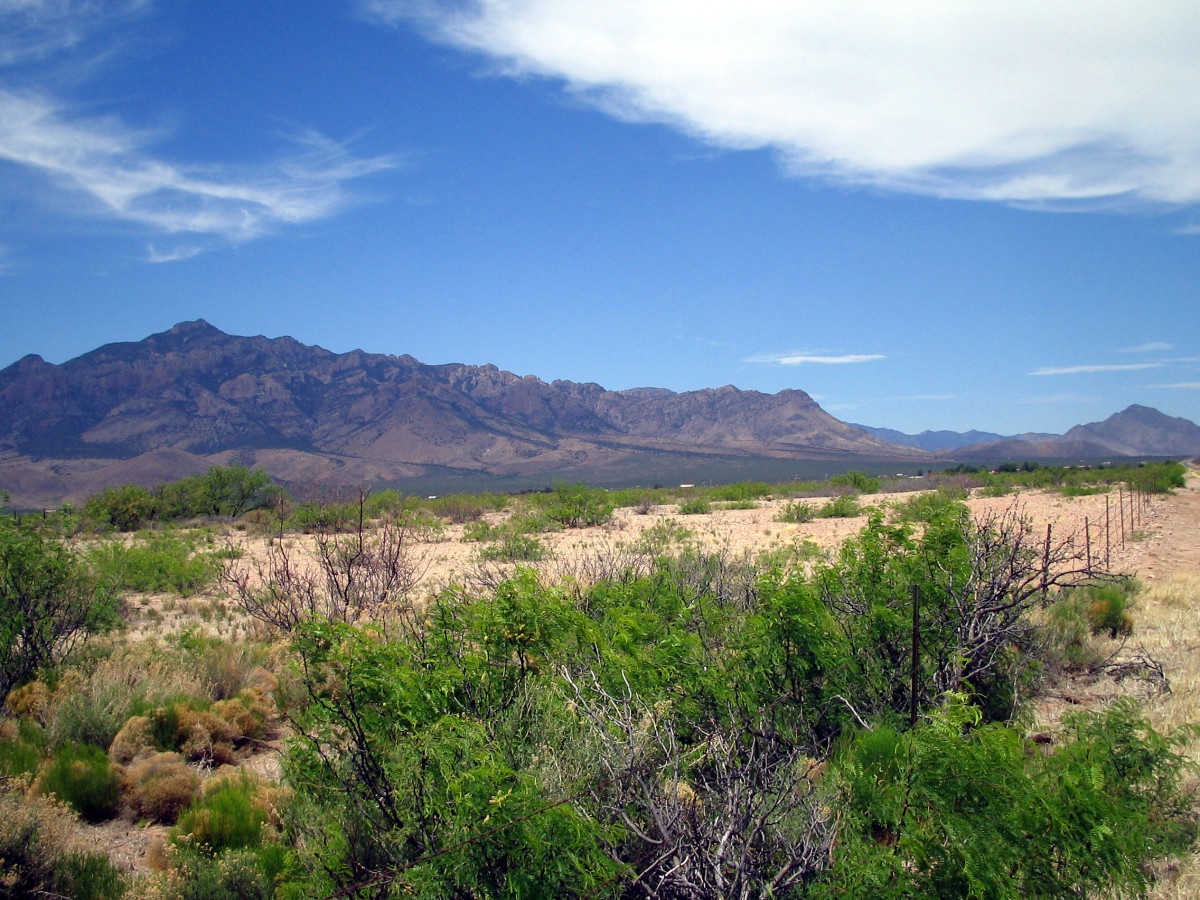The Royal Canadian Mint
The Canadian Royal Mint
As Canada began to grow and emerge with its own identity. The British territory in North America needed to gain additional independence from Great Britain. The need for it to reliably issue its own currency in an efficient and controlled manner became a growing concern for the government of the day. Before the minting process was moved inside Canadian territory, nearly all of its coin based currency came from the British Royal Mint in London, which manufactured them over 3,330 miles away. This distance caused issues for the both countries as large amounts of valuable raw materials needed to be transported across the North Atlantic Ocean only for it to travel back as minted currency.
With a need to become more efficient and with ample supplies of the essential raw materials. It took until 1901 for this essential piece of infrastructure to be authorized, after first being considered and proposed since the 1890s. A branch of the British Royal Mint was finally agreed to be built in Canada's capital city of Ottawa in the province of Ontario.
The Colonial Era Canadian Royal Mint

The Need for a Canadian Royal Mint
The creation of the Canadian Royal Mint was well overdue as at the time, Canada had seen a marked increase in the excavation of raw gold material from both the Yukon and British Columbia mines. A refinery was needed to perform the complex work of bringing rough pieces of native raw gold up to the standard needed for modern coinage.
The Governor General of Canada activated the press to strike the Dominion of Canada's first domestically produced coin in 1908. The Royal Canadian Mint had produced its first piece of legal tender and this meant that the Ottawa branch of Britain's Royal Mint was officially open for business.
In order to produce metals pure enough to make legitimate and legal tender, a new refinery for the Canadian Royal Mint was also built. The Royal Canadian Mint's original refinery was completed in 1911. It was active just in time to help the British Empire through the costly conflict of the Great War. Canadian precious metals that were mined in North America and refined at the new site produced extremely pure gold bars that Great Britain used to service its mounting war debts that it owed to foreign creditors. The Ottawa Mint became an important institution within both Canada and the Commonwealth.
Canada Needed to Become Self Sufficient

When did the Canadian Royal Mint Become Independent?
The Ottawa Mint became truly independent from the British Royal Mint around the time of the great depression. In 1931, the Canadian government and the leadership made convincing arguments for greater self-determination away from Great Britain. By the end of 1931, Great Britain acknowledged that Canada was an equal and a valued member of the Commonwealth family.
The Canadian Royal Mint was soon under the full control and supervision of the Canadian government. The Royal Mint of Canada was free of foreign oversight and carried on the tradition of good governance of the nation's currency needs. Canada as a country did not severe all ties with Great Britain until 1982 even though those ties were arguably only ceremonial as Great Britain had long since accepted and acknowledged that Canada had a perfectly legal and competent government in 1931.
Canadian Minted Coins
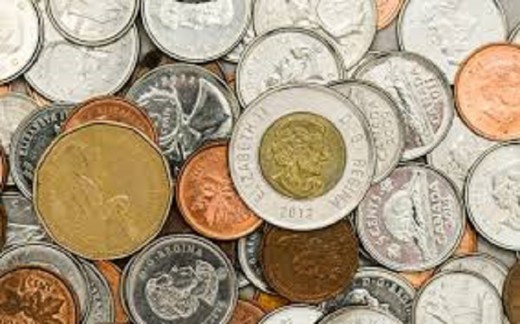
Is the Royal Canadian Mint a Public Company?
Yes, like the British Royal Mint, the Canadian Royal Mint is designed to serve the people of Canada and it is under the overall control of Canada's Finance Ministry.
The Canadian Royal Mint serves the public's interest but is also mandated to operate "in anticipation of profit". This means that the Canadian Royal Mint is expected to be self-sufficient and should not rely on the Canadian tax payer, the original charter was keen for the new minting industry to be profitable as to keep it from becoming a burden. Like many private-sector companies, the Canadian Royal Mint has a board of directors. This consists of a chairperson, the president and a chief executive officer. There are also at least eight other directors whose job roles cover a variety of different areas of the overall business.
A Move Away From the Historic Ottawa Mint

When and Why Did the Mint Move to Winnipeg?
The Ottawa Mint lacked the capacity to meet the demands of the new age and the machinery in use there, would soon become obsolete. Canada's population was rising through immigration from across the globe and mining techniques were producing more gold which needed assaying at a level to meet their increased rates.
The decision to move into a new premises was not taken lightly as there were many political obstacles that needed to be overcome. Canada's provinces were competing for the benefits of having a public works such as the Royal Canadian Mint in their domain. There was a large amount of employment and status into having a new state of the art Royal Mint. By 1971, the various candidates for the new Canadian Mint had been whittled down to one choice. Land was bought in Winnipeg, Manitoba and the construction of a new minting site began soon after. By 1976, the new site was in full production and had relieved much of the burden from the Ottawa site, which would still serve as the Canadian Royal Mint's headquarters.
The original Ottawa Mint would remain and would be used to produce medals and specialized coins. The Ottawa mint also acts as a museum to help educate Canadians of the history of their Royal Mint.
Does the Canadian Royal Mint Issue Coin Collections?
Yes, the Canadian Royal Mint issues some very high quality collectable coins. The mint has been able to produce coins with a very high level of purity for both its gold and silver releases. This has made the Canadian coin collections highly prized by both collectors of rare currency and those who invest their wealth in commodities.
Canadian coins in good condition from before 1970 are worth more than their face value due to the high levels of expensive metal used in their production. Specialized coins link the Canadian Maple Leaf is a coin which could represent a good return on investment for those who buy at the right time and at the right price.
Of course, great value is often given to those coins which have a flaw of some kind in their design. This is because they are rare, given the amount of checks that each issue of coin has gone through since the Royal Canadian Mint was established.
Special Coins Released by the Canadian Mint
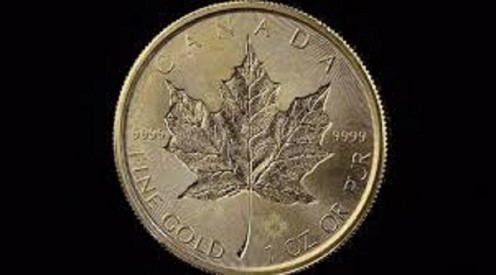
Canadian Collectable Coins
Were you paying attention?
view quiz statisticsRelevant Hubs
- Britain's Lost Roman Gold Mines.
When the Romans invaded Ancient Britain, they knew that Britain had a wealth of natural resources. Gold was one of these precious natural resources and the Romans swiftly took over established gold mines. In our modern age, these Roman gold mines app
This content is accurate and true to the best of the author’s knowledge and is not meant to substitute for formal and individualized advice from a qualified professional.
© 2019 Andrew Stewart

